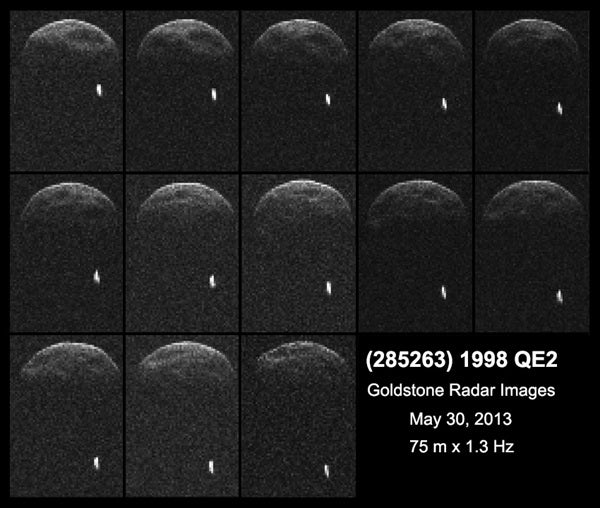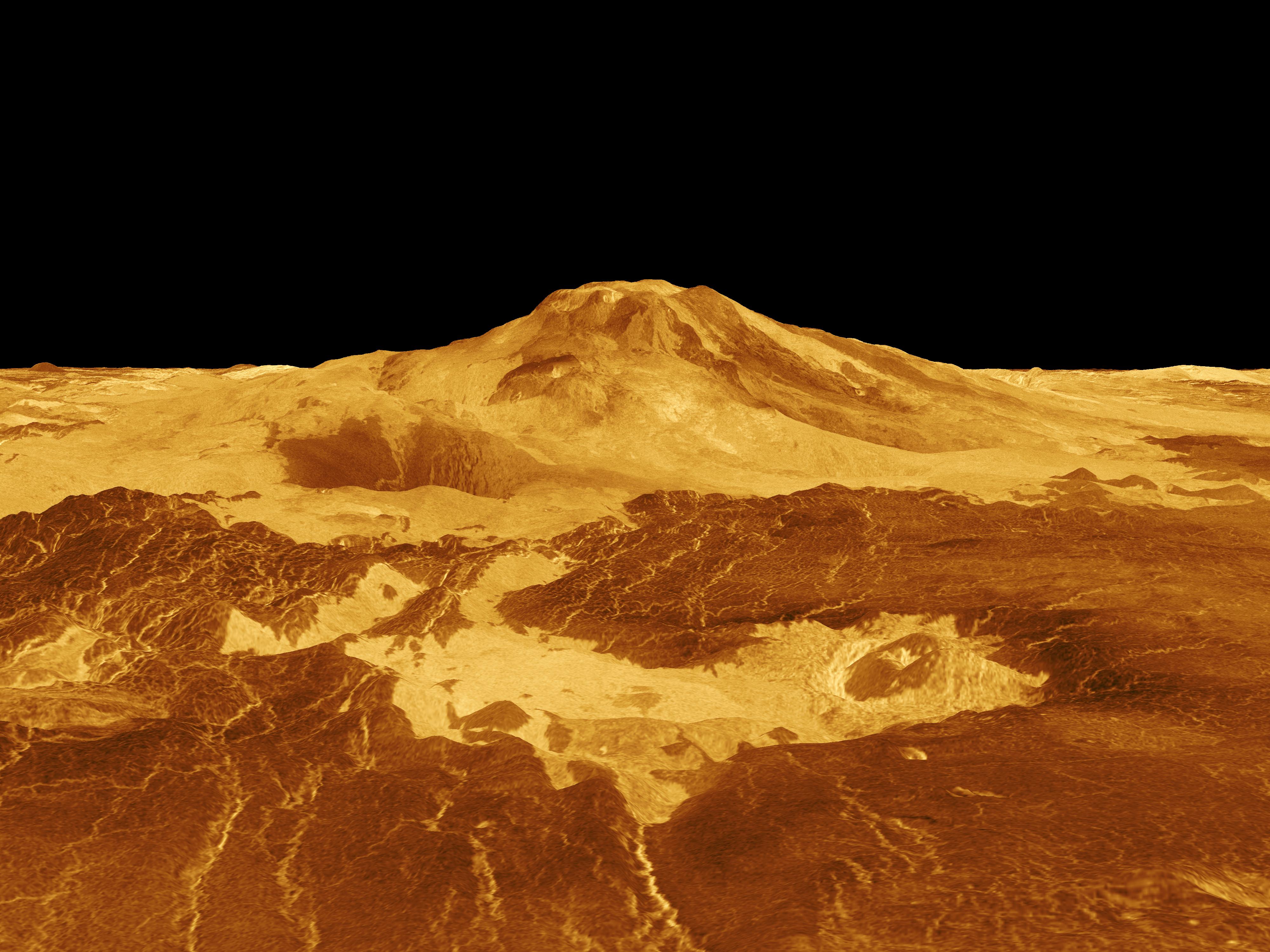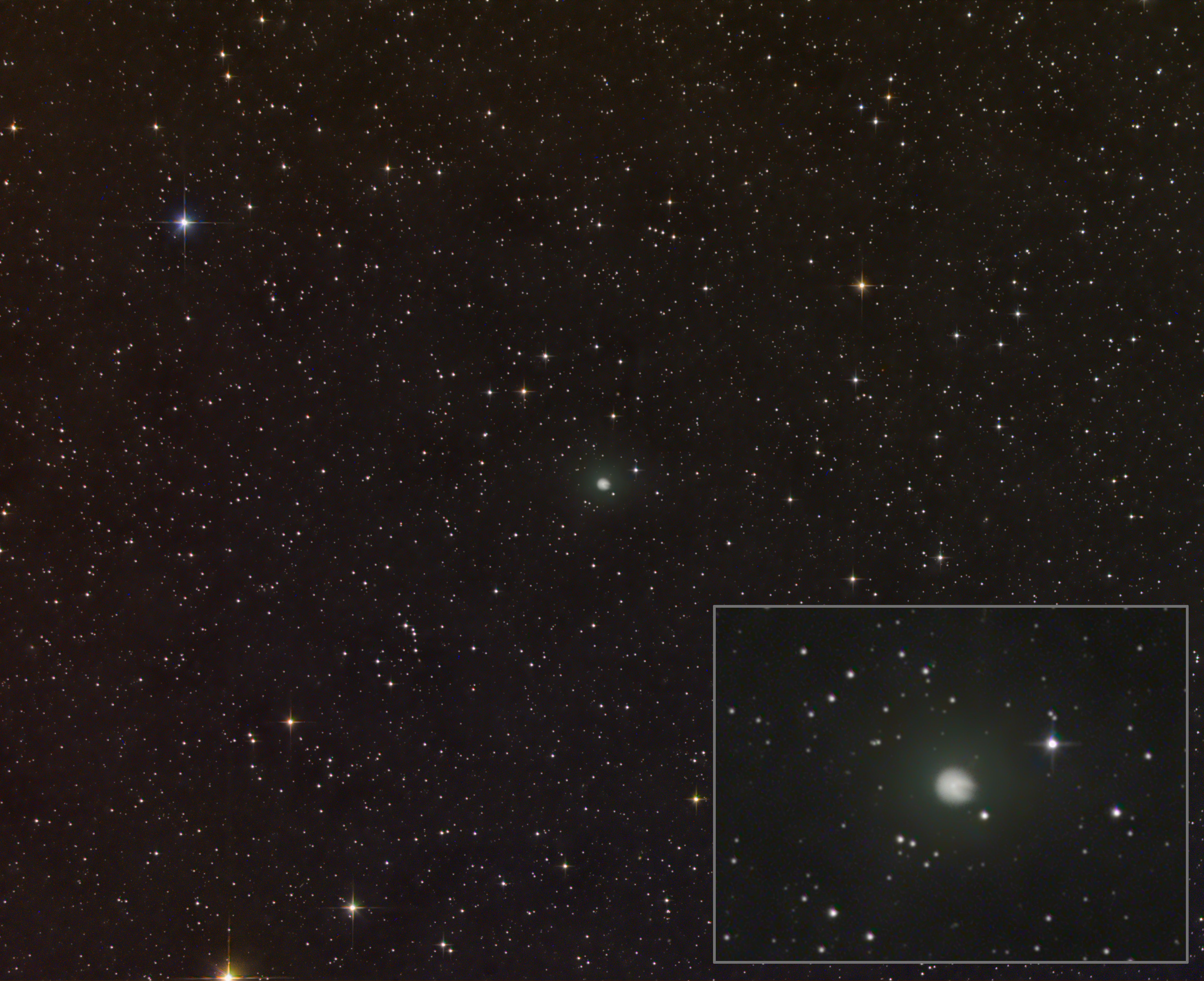Watch the flyby of asteroid 1998 QE2 starting at 4:30 p.m. EDT at http://events.slooh.com/.
The radar imagery revealed that 1998 QE2 is a binary asteroid. In the near-Earth population, about 16 percent of asteroids that are about 655 feet (200m) or larger are binary or triple systems. Radar images suggest that the main body, or primary, is approximately 1.7 miles (2.7 kilometers) in diameter and has a rotation period of less than four hours. Also revealed in the radar imagery of 1998 QE2 are several dark surface features that suggest large concavities. The preliminary estimate for the size of the asteroid’s satellite, or moon, is approximately 2,000 feet (600m) wide. The radar collage covers a little bit more than two hours.
The radar observations were led by scientist Marina Brozovic of NASA’s Jet Propulsion Laboratory, Pasadena, California.
The closest approach of the asteroid occurs today at 20h59m UT (4:59 p.m. EDT), when the asteroid will get no closer than about 3.6 million miles (5.8 million km), or about 15 times the distance between Earth and the Moon. This is the closest approach the asteroid will make to Earth for at least the next two centuries. Asteroid 1998 QE2 was discovered August 19, 1998, by the Massachusetts Institute of Technology Lincoln Near Earth Asteroid Research (LINEAR) program near Socorro, New Mexico.
The resolution of these initial images of 1998 QE2 is approximately 250 feet (75m) per pixel. Resolution is expected to increase in the coming days as more data become available. Between May 30 and June 9, radar astronomers using the Deep Space Network antenna and the Arecibo Observatory in Puerto Rico will perform an extensive campaign of observations on asteroid 1998 QE2. The two telescopes have complementary imaging capabilities that will enable astronomers to learn as much as possible about the asteroid during its brief visit near Earth.
Radar is a powerful technique for studying an asteroid’s size, shape, rotation state, surface features and surface roughness, and for improving the calculation of asteroid orbits. Radar measurements of asteroid distances and velocities often enable computation of asteroid orbits much further into the future than if radar observations weren’t available.










